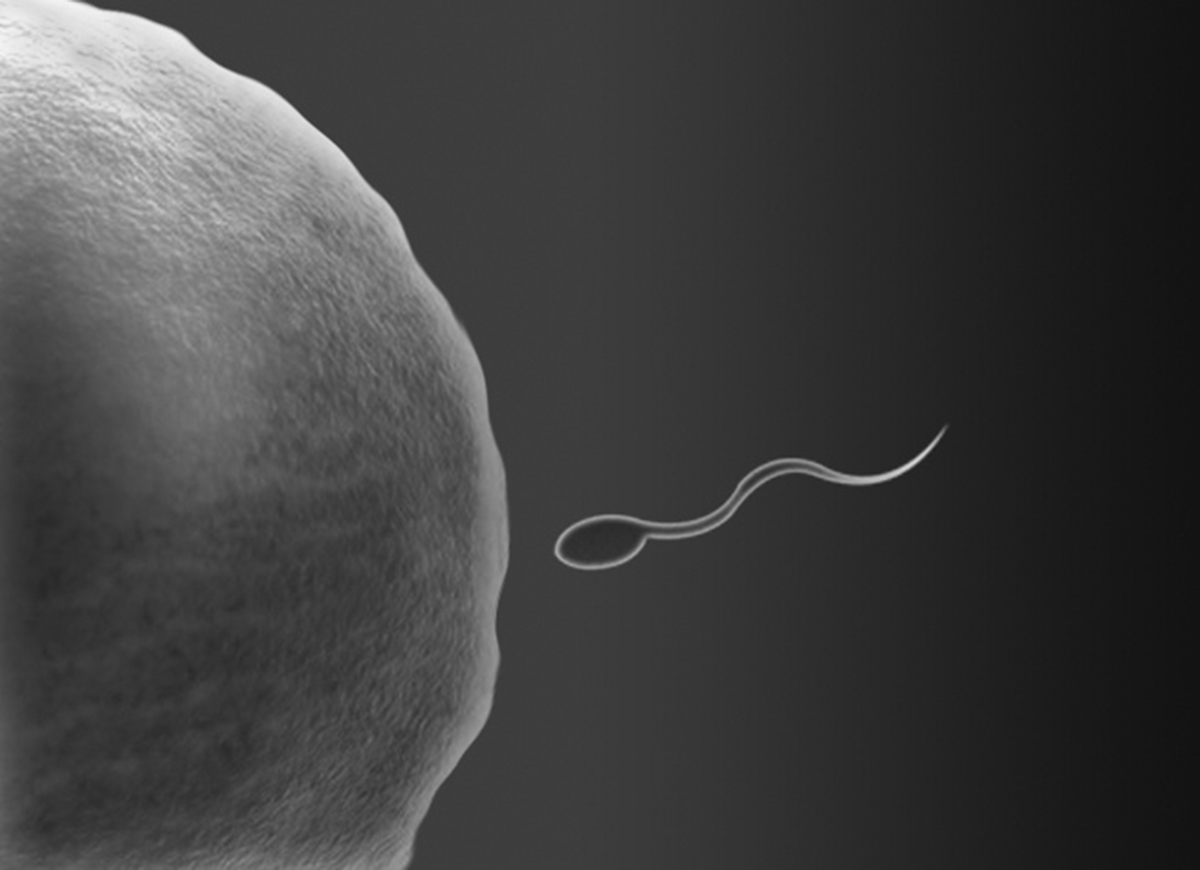Table of Contents
A molar pregnancy or hydatidiform mole is an abnormal pregnancy which results from abnormal fertilization. As a consequence, the tissue that should normally form the placenta and fetus inside the uterus forms an abnormal mass of cysts. This grape-like cystic mass is called a “mole”. This is not a viable pregnancy; it does not result in a living fetus.
Molar pregnancy itself is not physically dangerous but if left untreated, it can result in some serious complications including cancer. Molar pregnancy is actually a precancerous condition. If this tissue remains in the uterus for a long time, it may develop into a cancer called choriocarcinoma.

Types Of Molar Pregnancy
Hydatidiform moles can be divided into two types: a complete mole and an incomplete mole.
- When two sperm cells fertilize an empty egg (with no genetic material), a complete mole is formed as a result. All the genetic material comes from the father's side. There is no fetal tissue in a complete mole; instead a grape-like mass is formed inside the uterus.
- When a normal egg is fertilized by two sperm cells, a partial or incomplete mole is formed as a result. There are 69 chromosomes in this embryo instead of 46. An incomplete mole has some fetal parts along with an abnormal cystic mass.
Symptoms Of Molar Pregnancy
In the beginning, a molar pregnancy causes all the typical signs and symptoms of a normal pregnancy like a missed period, morning sickness and a positive pregnancy test. The beta hCG levels are raised and uterus also increases in size. After a few weeks, a molar pregnancy causes the following signs and symptoms:
- Bleeding from the vagina during the first trimester (bright red to dark brown in color)
- Severe nausea and vomiting
- The uterus will be larger than it should be in a normal pregnancy
- Discomfort, pressure or pain in the pelvic region
- Sometimes the grape-like cysts of the mole are passed out through the vagina
- Symptoms of hyperthyroidism like fatigue, sweating, irregular heart beat and nervousness
- High blood pressure can also develop in some women
Some of these symptoms are also present in a normal pregnancy and therefore the patient may perceive it as a normal pregnancy. If you are experiencing the signs and symptoms of a molar pregnancy contact your obstetrician, who will then look for the signs of a molar pregnancy like a large for date uterus, and then order some tests to confirm the diagnosis.
READ Conceiving After A Tubal Ectopic Pregnancy
Most of the time, molar pregnancy is incidentally diagnosed in the first ultrasound scan of the pregnancy. This scan is usually done at 10-14 weeks in a normal pregnancy. If this scan is not done due to improper facilities or lack of awareness (in less developed regions), a molar pregnancy may go on to cause severe complications. Therefore it should be managed as early as possible.
- Photo courtesy of Zappy's via Flickr: www.flickr.com/photos/102642344@N02/10017013846
- Photo courtesy of MLazarevski via Flickr: www.flickr.com/photos/mlazarevski/8480550290


Your thoughts on this